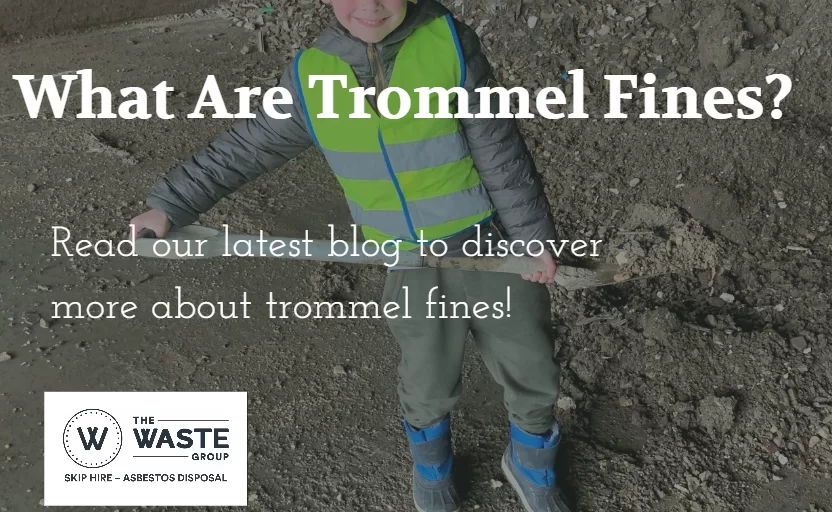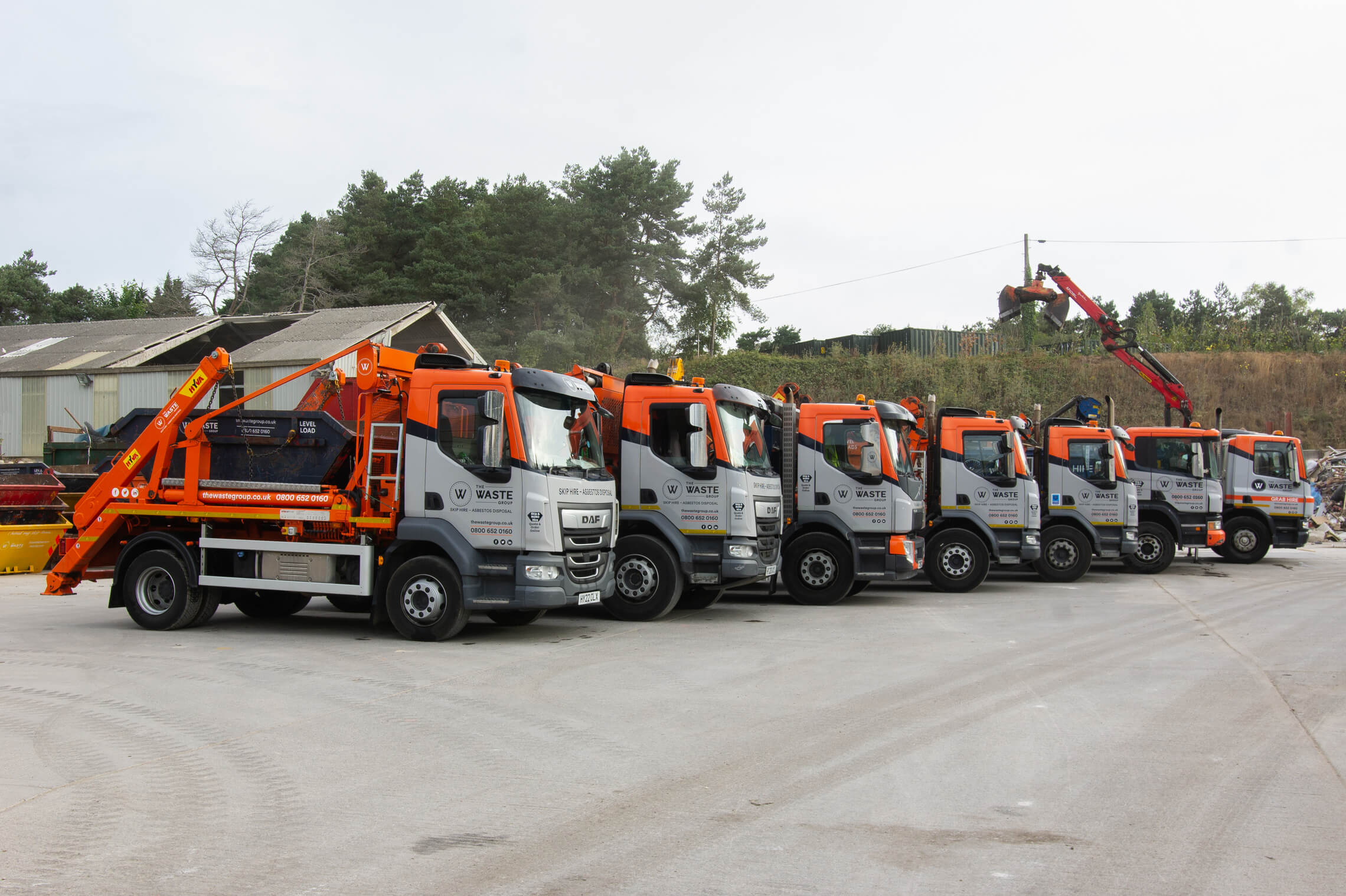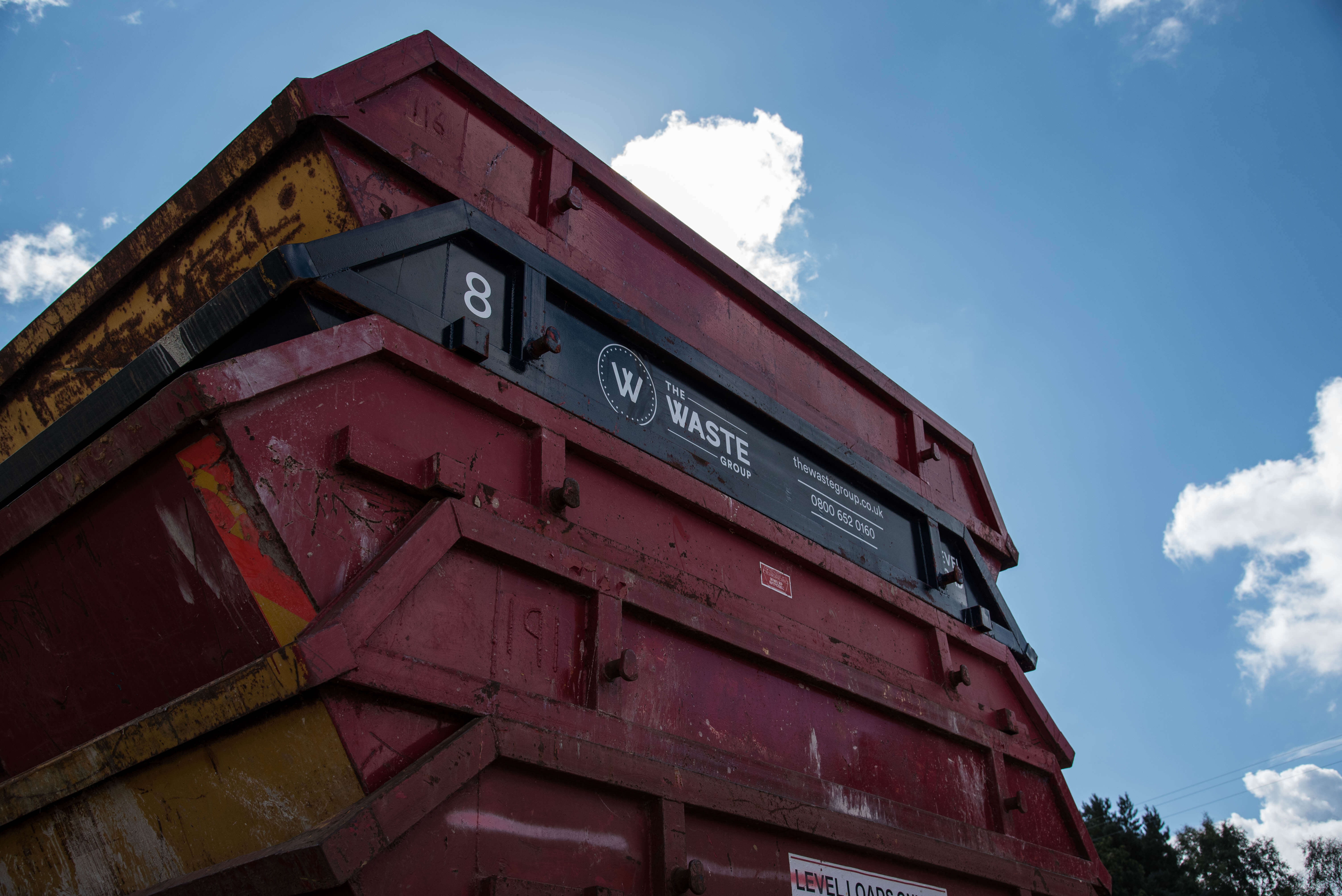What Are Trommel Fines?

Here at The Waste Group, we aim to recycle all the waste that is brought to our recycling centre. One of the products that is produced through the recycling process is something called Trommel Fines.
What are Trommel Fines
Trommel fines are material that come from the mechanical treatment of waste and has the European Waste Code of 19-12-12.
This material looks like a soil but clearly isn’t. So what can be done with this type of material? It has mainly been used to fill landfill. When the landfill is filled up, trommel fines are then used as cover.
In 2011, HMRC updated its rules on the tax surrounding trommel fines. Basically, if you met their criteria you could benefit from a lower rate of tax, but more importantly, if you didn’t meet their criteria, you had to pay the higher rate. This is a significant difference in price, £94.15 per tonne for the higher rate and £3 per tonner for the lower rate. So it is pretty clear why companies want their trommel fines to criteria for the lower rate of tax.
The Governments Criteria
HMRC’s definition is as follows;
“For Landfill Tax purposes, fines are particles produced by a waste treatment process that involves an element of mechanical treatment. For example, trommelling, screening or soil washing are all mechanical processes.” This is from the 2011 Landfill Tax (Qualifying Materials) Order. The has been updated by the 2015 Landfill Tax (Qualifying Materials) Order .
Please see below a link to HMRC’s website that gives details of how fines can qualify for the lower rate of tax.
The key points from this is that the fines must meet the Loss On Ignition (LOI) Criteria of 10 % or less and be of a non-hazardous nature.
LOI is a test for determining the organic content of material. The difference in the mass of the material being tested before and after the ignition process is used to calculate the LOI result. The LOI result will inform whether the material is liable to the lower rate of Landfill Tax but is not the only determining factor. The fines must meet all the requirements and conditions set out in this guidance in order to be liable to the lower rate.
Each week The Waste Group have their fines independently tested by ACS Testing Ltd. We also get them to check the chemical content in order to avoid any issues with gypsum levels and any other problems.
The Waste Group’s Process
As part of our recycling process, we operate a trommel with 40mm screens in. The “fines” (any material that falls through the 40mm holes) are then reprocessed to reduce quantity that is sent to landfill. These “fines” are the put our fines reprocessing system that was purchased from Baughans (https://www.baughans.co.uk/). The fines are feed along a conveyor belt that goes through a magnet to remove as much metals as possible. They then go through a trommel with 10 mm screens. Any material that fall through the 10mm screens are then sent to Landfill as cover. The material that is too large to go through the screens are then fed along another conveyor belt. This material then passes through a blower. This blows off the light weight material into a cage. This material can then be used in the production of Refuse Derived Fuel (RDF). The remaining material is used in the production of our recycled aggregates (6F5).
Where are Fines Taken?
Our “fines” are taken to Veolia’s landfill when they have to meet the government’s criteria (2011 Landfill Tax (Qualifying Materials) Order, as well as Veolia’s stringent criteria. The Waste Group work closely with Veolia to make sure that are rules are adhered to.
If you have any questions with regards to trommel fines, then please do not hesitate to contact us.



